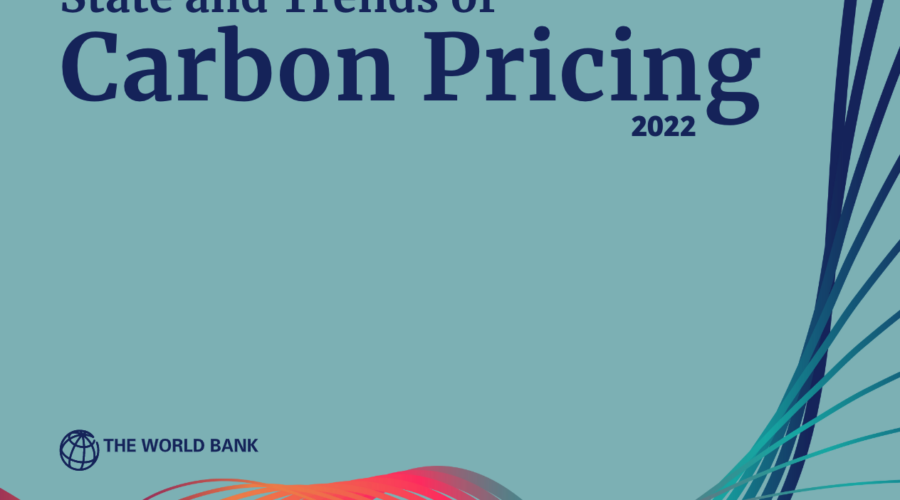Carbon pricing—putting a price on greenhouse gas (GHG) emissions—is one of the tools available to shape climate strategies and put the world on track to meet the temperature goals of the Paris Agreement. Climate Focus is proud to have worked with experts from The World Bank to develop the 2022 edition of State and Trends of Carbon Pricing, providing a comprehensive overview of the latest developments and trends in carbon taxes and emissions trading systems and carbon credit markets globally.
Key takeaways from the report:
- Carbon pricing continues to be adopted across jurisdictions, and global coverage remains low and has only slightly increased since last year. Adopting ambitious carbon pricing remains politically challenging, especially in the current context of rising inflation and energy prices.
- Cross-border approaches to pricing carbon, such as the EU ETS carbon border adjustment mechanism, are increasingly gaining traction and voices for the introduction of an international carbon pricing floor are heard more regularly.
- While carbon prices have reached record highs in many jurisdictions and carbon pricing revenues have sharply increased, less than 4% of global emissions are currently covered by a direct carbon price within the range needed to meet the goals of the Paris Agreement.
- Carbon credit markets are growing rapidly, with nature-based credits and in particular, removals in especially high demand.
- Increasing interest from financial actors, the introduction of new technologies, and the finalization of the Paris Agreement Rulebook on international carbon markets under Article 6 are shaping carbon credit markets going forward.
- Purchaser preferences for carbon credits are highly diverse with factors such as sector, geography, and co-benefits of mitigation projects influencing demand and prices.






